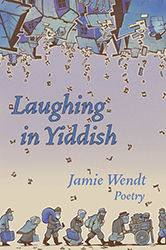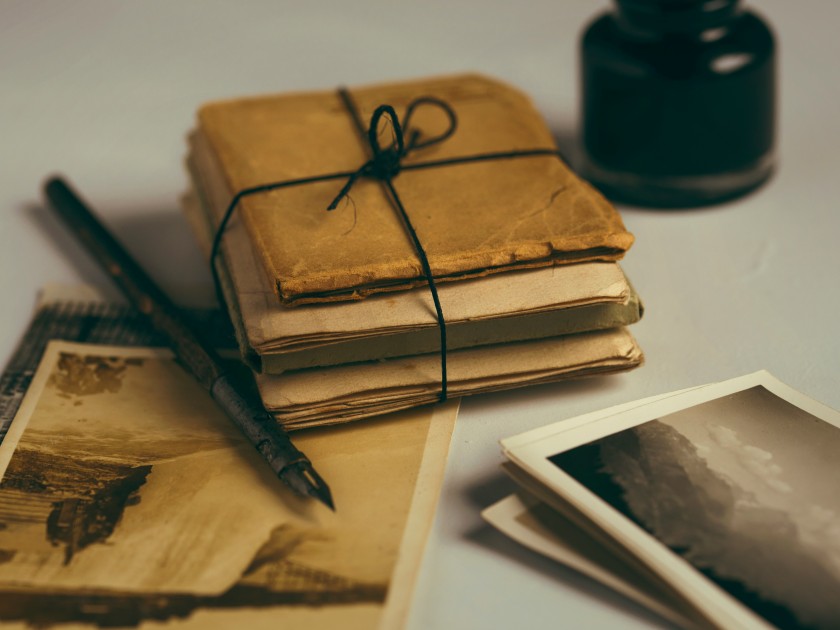
Photo by Joanna Kosinska on Unsplash
I have always been interested in writing poetry about my family’s Jewish traditions. In 2018, I started interviewing my grandpa (“Papa”) for what would become my new book, Laughing in Yiddish. He told me so many stories about family members who emigrated to the US from Russia’s Pale of Settlement, seeking safety from persecution and hoping for economic opportunities.
From these conversations, my book blossomed into a series of poems chronicling my family’s roots in Chicago. Papa told me about his Bubbe Annie who made greasy chicken for Shabbat dinner every Friday night at her apartment on the northside of Chicago. He described to me his grandfather Meyer who worked as a peddler in the infamous Maxwell Street Market.
While listening to these stories about my family’s Chicago roots, I started to wonder more and more about my ancestors’ experiences in Russia before emigrating. Papa often told me that he didn’t know much about their lives then. Those great-great-grandparents of mine spoke Yiddish and chose not to teach their language to the next generation, leaving so much of their stories lost to history.
I immersed myself in online genealogical pursuits and my curiosity led me to many books about the Pale of Settlement and the pogroms that occurred there. I wanted to understand why so many Jews left the land they had been living on for generations and I became fascinated with learning about the Pale of Settlement. Many of my poems in Laughing in Yiddish were influenced by my research and inspired by this bygone, half-forgotten world. Here’s a list of some of the books that informed my work.
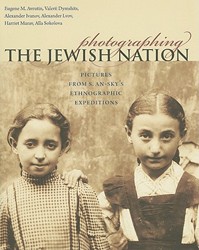
Photographing the Jewish Nation: Pictures from S. An-Sky’s Ethnographic Expeditions by Eugene M. Avrutin, et al.
I can’t give enough praise for this book. Reading the critical essays in Photographing the Jewish Nation—which preview and explain dozens of photographs by Solomon Iudovin from his uncle S. An-Sky’s ethnographic expedition between 1912 – 1914 — provides a rare window into daily experiences, culture, and folklore of Jews in the Pale of Settlement. S. An-Sky urgently wanted to preserve their customs before their way of life began to vanish. The photographs in this book are stunning and range from formal portraits of Jewish schoolchildren and skilled workers to photographs of historical buildings, synagogues, and homes. Many of the photographs in this book inspired several persona poems in Laughing in Yiddish.
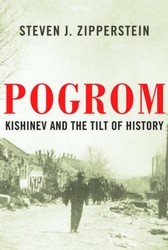
Pogrom: Kishinev and the Tilt of History by Steven J. Zipperstein
For so many, the 1903 Kishinev pogrom has faded from Jewish memory. However, Steven J. Zipperstein aimed to change that with his historical analysis, Pogrom: Kishinev and the Tilt of History. Zipperstein describes what life was like for Jews in Kishinev, Russia, before the pogrom and then provides a detailed account of the multi-day massacre and rampage that upended Jewish life in Europe. Journalist and poet Hayim Nahman Bialik surveyed the damage and interviewed witnesses and survivors from Kishinev. What I found to be most interesting is Zipperstein’s reflection on the importance of Bialik’s “explosive” poem, “In the City of Killing.” Bialik’s poetic cadences, biblical syntax, and journalistic tone captured the horrors of the pogrom while calling for a Jewish homeland and self-defense as opposed to the cowardice that he reported.
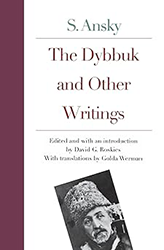
The Dybbuk and Other Writings by S. Ansky
Ansky is perhaps best known for his play The Dybbuk, which was originally written in Russian around 1916, translated into Yiddish soon after, and became a canonical work of the Yiddish theater. The play centers around the wedding of Leah, daughter of a wealthy man named Sender, who becomes possessed with a dybbuk on her wedding night. Leah’s dybbuk is a vengeful spirit, upset and angry about a discarded promise. S. An-Sky’s interest in the dybbuk most likely stemmed from this ethnographic study between 1912 and 1914 when he collected folklore, songs, interviews, and more in the Pale of Settlement. As I was writing poems about the Pale, I found the dybbuk and golem to be mysterious figures but also sources of comfort and reliability. The Dybbuk inspired me to write poems weaving in elements of Jewish magic. Like humor, magic has helped Jews make sense of bewildering situations both within their community and from outside forces.
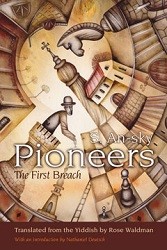
Pioneers: The First Breach by S. An-sky, translated from the Yiddish by Rose Waldman
This book was recommended to me by another Jewish poet who found out I was interested in S. An-Sky. In this compelling novel, a Jewish Russian tutor, Zalmen Itzkowitz, comes to a small, insular, nineteenth-century town to teach secular studies, despite having no background in the content he was attempting to teach. Inspired by the Haskalah, or Jewish Enlightenment, he hopes to spark free thinking in his students without arousing suspicion from the rabbis. Pioneers is both a tragic yet humorous portrayal of a community on the cusp of permanent change and provides a window into the social conflicts inside Jewish shtetl communities.
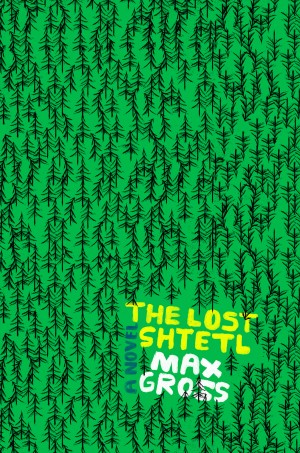
The Lost Shtetl by Max Gross
Amidst all of the nonfiction and history books that I read to research the Pale of Settlement, I also read The Lost Shtetl by Max Gross, which fits into the category of speculative fiction. The novel starts off in a Polish shtetl that has remained isolated from the outside world for decades. Suddenly, the disappearance of some Jewish townspeople causes the protagonist, Yankel Lewinkopf, to venture out of the shtetl and into society only to be stunned by the pace, technology, and current events of the twenty-first century. This book is extremely creative, hilarious, and full of Yiddishisms and unexpected turns. While not an historical novel, it provides a fictional description of shtetl life and community values and customs that is intriguing to those of us interested in learning more about nineteenth century European Jewish culture.

Laughing in Yiddish by Jamie Wendt
Note: Shloyme Rapaport was known by his pen-name S. An-Sky, whose spelling and capitalization varies from S. Ansky, S. An-sky, and S. An-Sky.
Jamie Wendt is the author of the poetry collection Laughing in Yiddish (Broadstone Books, 2025), which was a finalist for the 2022 Philip Levine Prize in Poetry. Her first book, Fruit of the Earth (Main Street Rag, 2018), won the 2019 National Federation of Press Women Book Award in Poetry. Her poems and essays have been published in various literary journals and anthologies, including Feminine Rising, Catamaran, Lilith, Jet Fuel Review, the Forward, Minyan Magazine, and others. She contributes book reviews to the Jewish Book Council. She won third prize in the 2024 Reuben Rose Poetry Competition and won second prize for the 2024 Holloway Free Verse Award through the Illinois State Poetry Society. Wendt holds an MFA in Creative Writing from the University of Nebraska Omaha. She lives in Chicago with her husband and two kids. Follow her online at https://jamie-wendt.com/ or on Instagram @jamiewendtpoet.


